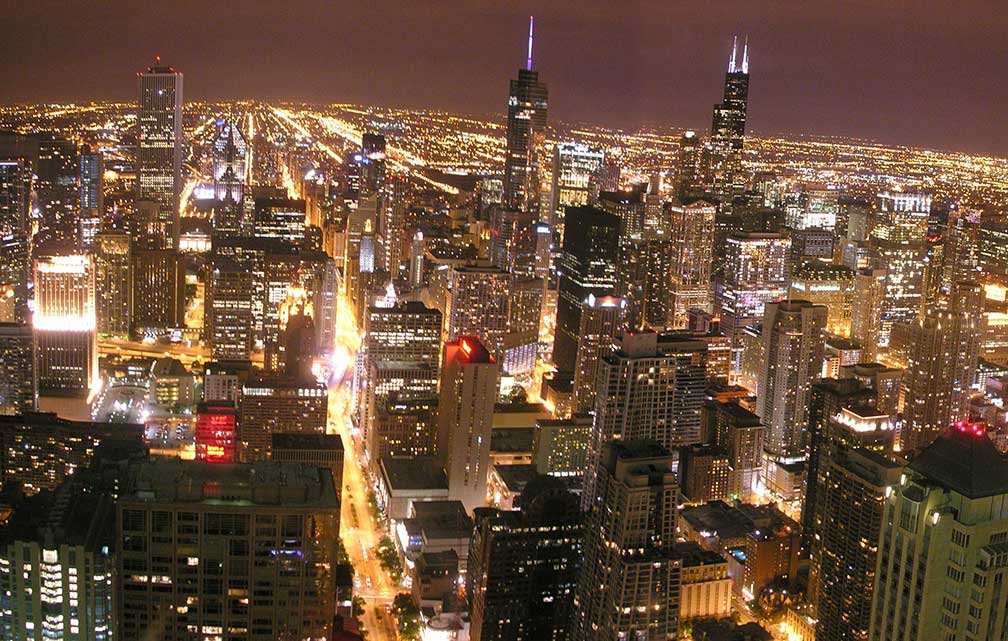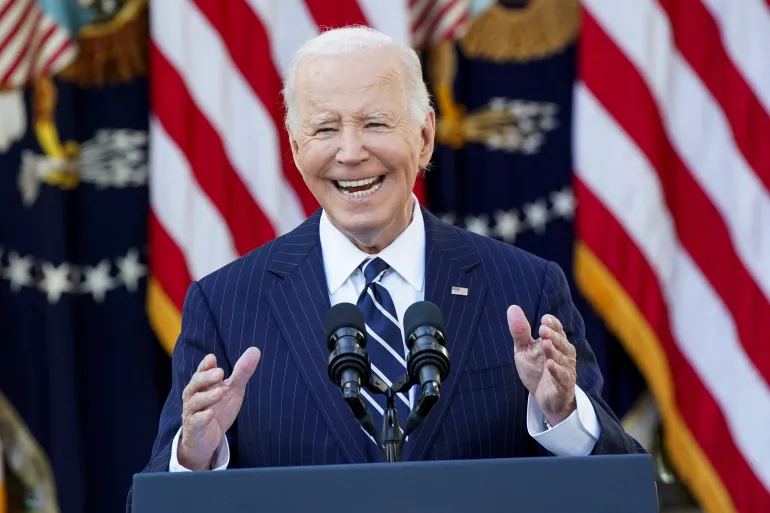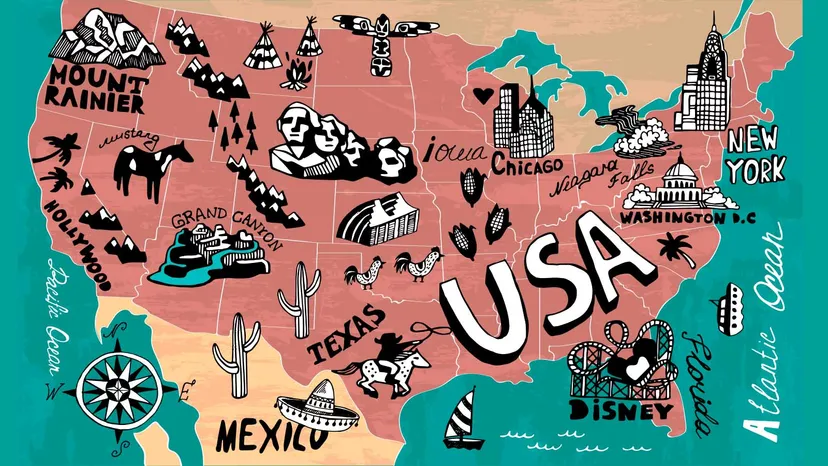CHICAGO ARCHITECTURE CENTER
Founded in 1966 as the Chicago Architecture Foundation, the organization was initially focused on preserving architecturally significant buildings in Chicago. Over the years, its mission expanded to include educating the public about Chicago’s architectural history, the role of architecture in urban life, and the global impact of the city’s innovative designs. In 2018, it moved to its current 20,000-square-foot location on East Wacker Drive and rebranded as the Chicago Architecture Center.

We are London.
“We are London” resonates as a declaration that embodies the city’s vibrant diversity, resilience, and spirit. London is more than a capital city; it’s a collection of cultures, histories, and aspirations shaped by people from every corner of the globe. From the bustling financial district of the City of London to the colorful markets of Camden and the historic streets of Greenwich, London’s character is as dynamic as its people.


The term "USA Power" can have multiple meanings depending on the context. Here are a few interpretations:
1. Economic Power
- The United States has one of the world’s largest and most influential economies, marked by high GDP, a major global trade presence, and influence over international financial institutions. The U.S. dollar is a reserve currency worldwide, which adds to its economic clout.
2. Military Power
- The U.S. is known for its military power, often ranked as the strongest in the world. This includes advanced technology, a global military presence, a large defense budget, and participation in international alliances like NATO.

3. Soft Power
- The U.S. exercises significant “soft power” through its culture, media, and educational institutions. American films, music, brands, and technological innovations have a worldwide impact, shaping global trends and ideologies.

4. Energy Sector
- “USA Power” could also refer to the country’s energy sector, where it is a major producer of oil, natural gas, and renewable energy sources. The U.S. is actively working on energy independence and sustainability initiatives to reduce dependence on foreign energy.
The history of the United States
- Indigenous people inhabited North America for thousands of years before European contact. Tribes such as the Cherokee, Iroquois, Navajo, and Sioux developed complex societies with unique cultures, social systems, and trade networks.
- These groups lived across varied landscapes, from the Arctic to the deserts of the Southwest, and had rich oral histories, religions, and systems of governance.
- 1492: Christopher Columbus’s arrival marked the beginning of European exploration, though Norse expeditions may have reached North America earlier.

- By the early 1600s, European countries (notably Spain, France, and Britain) began to establish colonies. The Spanish settled in the Southwest, the French in Canada and along the Mississippi, and the British along the East Coast.
- British colonies grew rapidly, especially the Thirteen Colonies, which developed distinct regional cultures and economies, from New England’s trade to the South’s plantation system reliant on enslaved Africans.
- Tensions grew between the British Crown and American colonies over issues like taxation without representation and governance.
- 1776: The colonies declared independence with the signing of the Declaration of Independence on July 4, led by figures like George Washington, Thomas Jefferson, and Benjamin Franklin.
- After a war lasting until 1783, with aid from France, the colonies won their independence, formally recognized by Britain in the Treaty of Paris.
- 1787: The U.S. Constitution was drafted, creating a federal system with checks and balances and replacing the Articles of Confederation. George Washington became the first president.
- 1791: The Bill of Rights, the first ten amendments to the Constitution, was ratified to protect individual freedoms.
- Early years saw the emergence of political parties, economic development, and territorial expansion.
.